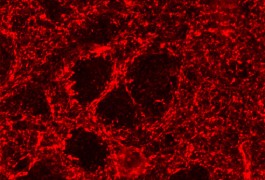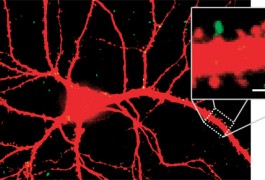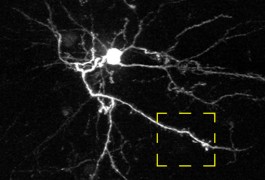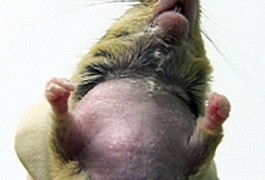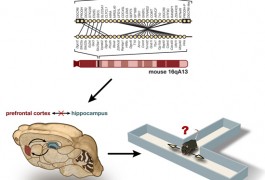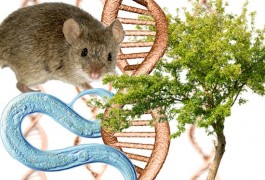Studies explore amygdala problems in fragile X syndrome
The amygdala, a brain region that regulates fear and anxiety, shows abnormal neuronal signaling in a mouse model of fragile X syndrome, according to two studies published this summer. These are the first to explore cellular defects in the region in fragile X.
